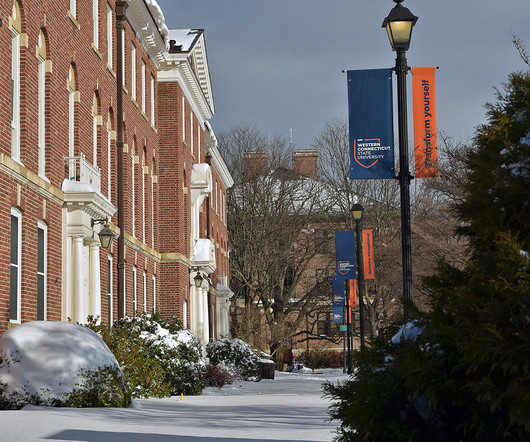Men Are Driving Enrollment Declines - Johanna Alonso, Inside Higher Ed
Economics and Change in Higher Education
DECEMBER 31, 2023
While the number of women aged 18 to 24 in college has decreased by 200,000 since total college enrollment peaked in 2011, the number of men in that age bracket has dropped by a million during that time period. Men currently make up 42 percent of all 18- to 24-year-old college students, down from 47 percent in 2011. The shift has not impacted community colleges, where men make up approximately the same portion of traditional-age students as they did in 2011.










Let's personalize your content